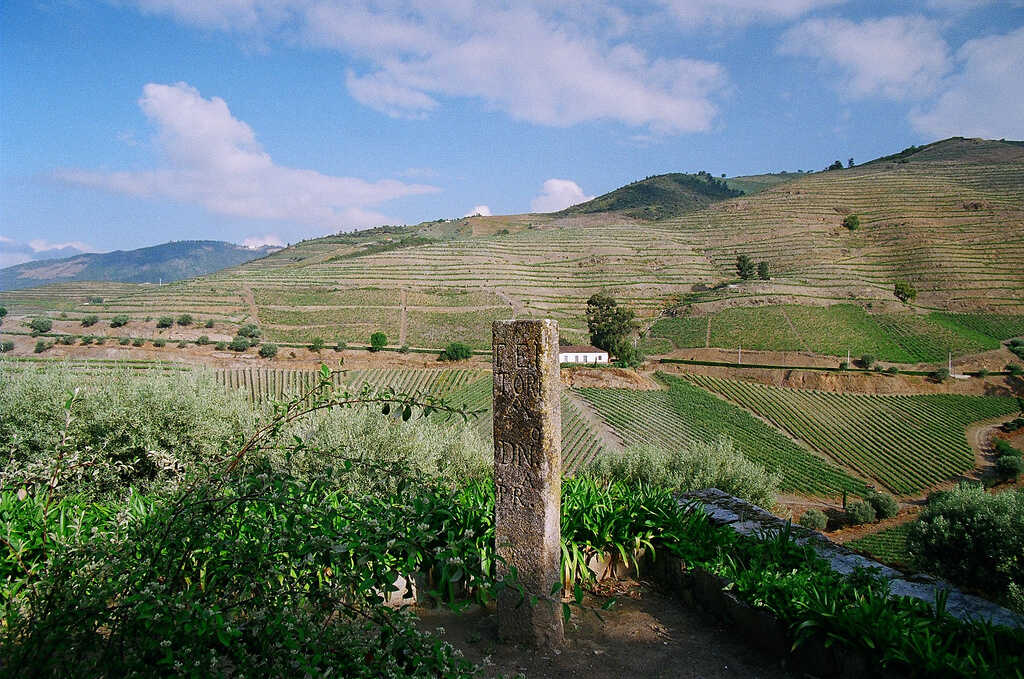The conclusion of the Methuen Agreement in 1703 between England and Portugal meant further encouragement for the export of wines from Porto, in particular a reduction in customs duties by one third compared to wines imported from France. More importantly, however, English consumers liked the wines of the Douro Valley far more than the „Portuguese reds“ from the Minho region.
At this time, German and Dutch business families began to settle in Porto, but British businessmen still have a large predominance here.
The second decade of the 18th century was marked by a rapid increase in exports and prosperity for both winemakers from the Doura Valley and merchants in Porto. This is accompanied by the massive expansion of vineyards beyond the Douro Valley, and as time went on, this rapid growth in demand gradually gave way to speculation and unfair production practices, such as adding elderberry to less full wines, which „conjured“ darker shades of color and illusion of quality.
This situation led the then ruling nobility in 1756 to form the Association of Grape Growers in the Alto Douro area (Companhia Geral da Agricultura da Vinhas do Alto Douro, abbreviated „Companhia“). The greatest credit for the establishment of this community goes to the then Prime Minister Sebastião José de Carvalho e Melo, since 1769 the Marquis of Pombal, who set clear rules: to protect the authenticity of wines, to support its production and to control prices.

However, the authenticity of the products was difficult to carry out because there were no borders in the growing area. The government commission responded to this situation by issuing a map that clearly defined the boundaries of the areas (feitorias) where wine is allowed to be exported (vinhos de feitoria) and to demand a higher price. Thus was born the first officially defined wine region in the world – the Douro region.

This area was bordered by 335 stone columns known as „marcos pombalinos“. Wines outside this area (so-called vinhos de ramo) could not be exported and were only consumed on the domestic market. Measures have been taken to protect the quality of wines, such as the grubbing-up of elderberry bushes four and a half kilometers from the Douro River.